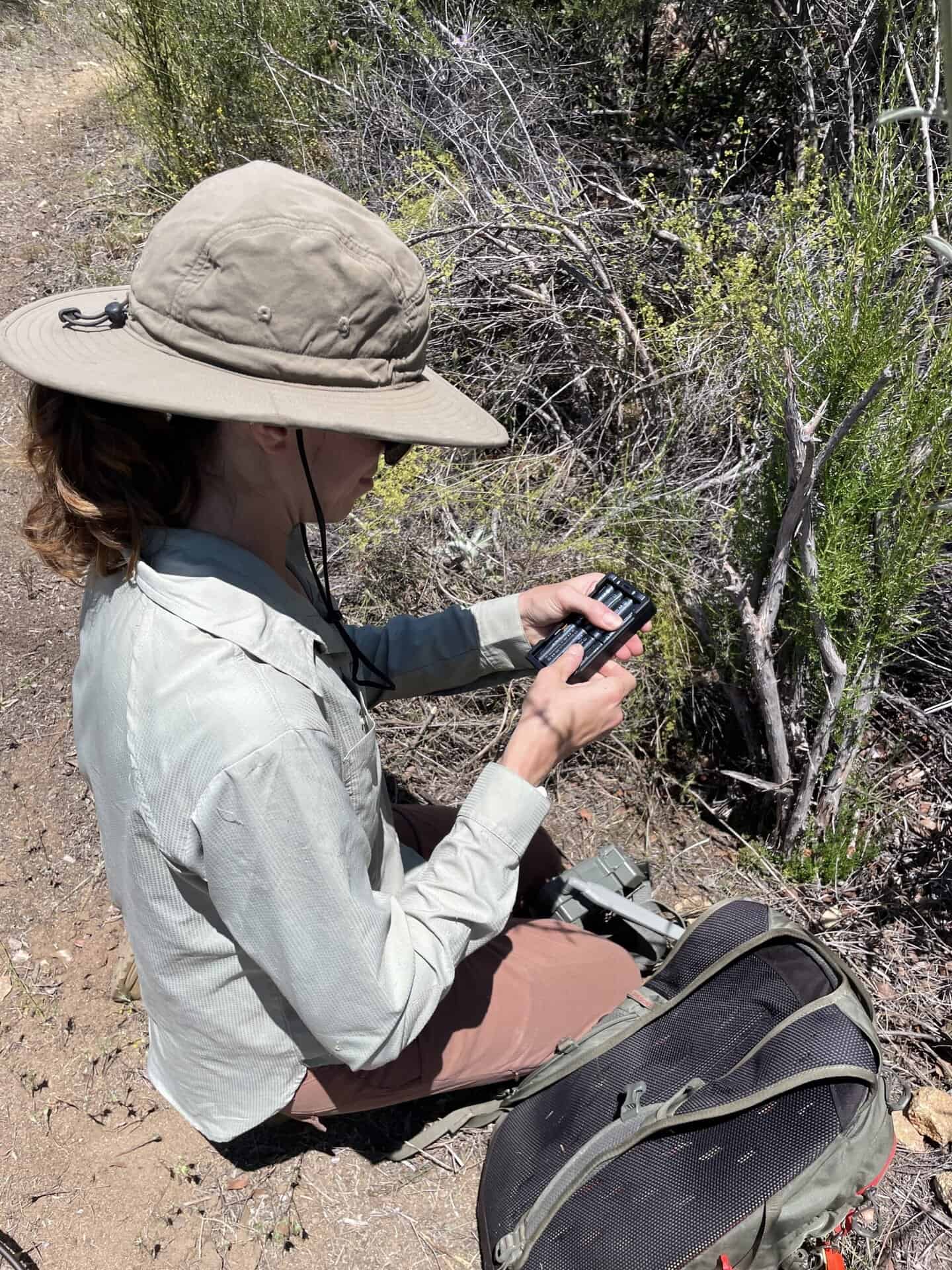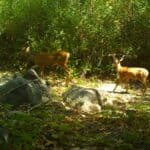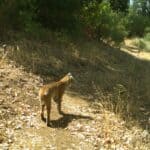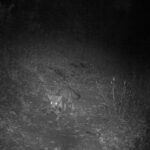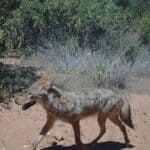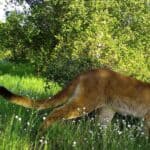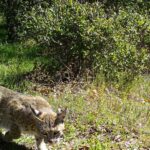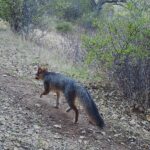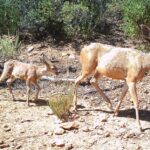Critter Cam
Our remote wildlife camera program
The Critter Cam program conducts research in remote areas to help guide our land conservation efforts. We place cameras throughout the Upper San Diego River Watershed to document wildlife movement so that key places wildlife depend upon can be protected. The cameras are managed by a staff scientist in partnership with an amazing group of dedicated volunteers. The Critter Cam has three primary goals:
- Identify key properties for conservation
- Assist with preserve management activities
- Support wildlife research
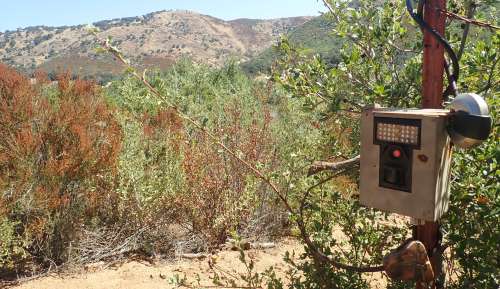
Critter cameras inform our land acquisition and conservation efforts
By setting cameras on lands we own, we can better understand where animals, especially large mammals, move. This knowledge helps advance our understanding of the range of these animals, as well as the wildlife corridors through which they move, and guides our conservation actions.
When we identify an area as important for wildlife, we work to purchase privately owned open spaces in that area that are available for sale. Once we acquire these properties we can ensure that the land is protected and conserved with wildlife in mind.
Additionally, knowing how and when animals move can help us to adjust recreation and land management activities to protect these amazing critters. We work to remove barriers to movement such as old unused cattle fencing, and focus restoration areas to provide "cover" for wildlife to move through.
